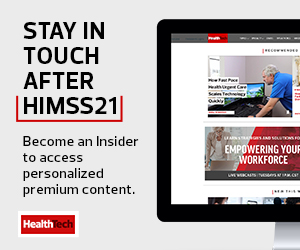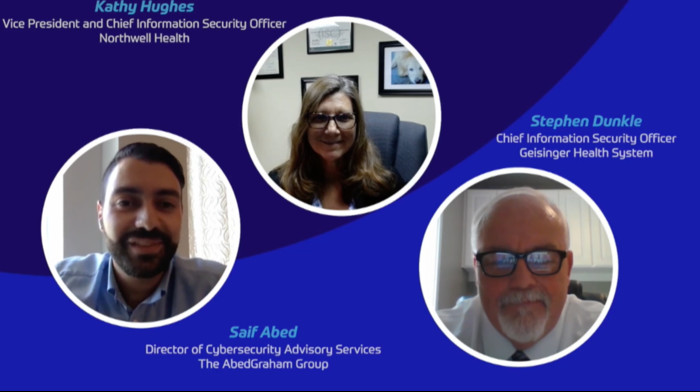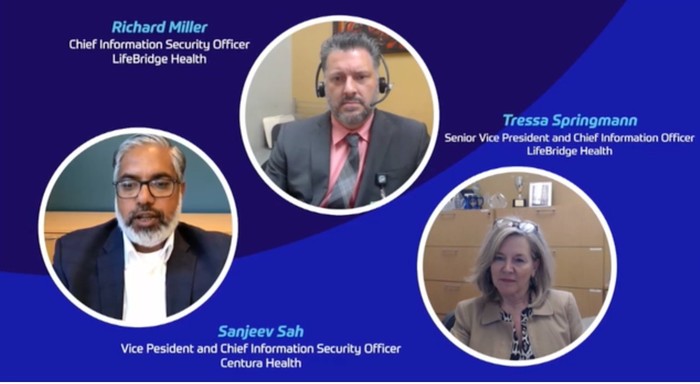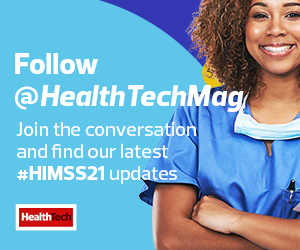How Healthcare Pivoted During the Pandemic
“The biggest issue that we all had to deal with was just the element of surprise,” said Kathy Hughes, vice president and CISO of Northwell Health in New York. “How do we continue to operate in this world? How do we continue to be productive? How do we communicate with each other more effectively, because you can’t just walk down the hall now and speak to people? And how do we collaborate?”
Hughes and Stephen Dunkle, CISO of Pennsylvania-based Geisinger Health, came together for a digital session on securing the hybrid health system. They discussed their experiences during the start of the pandemic.
Hughes said there was heightened pressure, especially with healthcare frequently targeted in cyberattacks. Fortunately, her department had already planned for remote work before the pandemic, in preparation for weather-related emergencies, such as staff being unable to come into the office during a snowstorm or hurricane and needing to work from home.
So, when the pandemic hit, it was a matter of increasing capacity and communicating and extending that model to other areas of the organization, she said. Hughes called the process “pretty much seamless,” and although there were some adjustments with using Microsoft Teams and handling phone calls remotely, staff members felt largely positive about the move.















